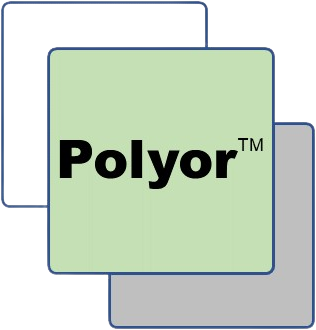AgroNum : RCN/RDN = a2/a1
Sustainable agriculture via carbon-farming must account for the cost of building (sequestering) soil organic carbon. For instance, 1000 kg of stable soil organic carbon (SOC) will also need to sequester 100 to 120 kg of nitrogen. This nutrient cost of carbon-farming has been explicated by Richardson et al. 2014 (https://lnkd.in/ejACCXhQ).
Polyor SAS’s AgroNum (https://lnkd.in/eBmfT3NM) approach to sustainable agriculture proposes a simple way around this so-called dilemma (van Groenigen et al. 2017; https://lnkd.in/erBSkuup) by ensuring that crop residues are sufficiently rich in N to be properly humified into stable SOC.
Given following definitions;
N_residue_yield = RCN (kgN_residue/ha)
N_grain_yield = RDN (kgN_grain/ha)
N_fertilizer_rate = TUN (kgN_fertilizer/ha)
AgroNum then ensures that RCN is proportional to RDN ; RCN/RDN = [a2TUN^b2] / [a1TUN^b1]
This constant proportionality has been empirically verified given that the b1 & b2 power coefficients for RCN & RDN are equal at approximately ≈ 0.2500; b2 ≈ b1 ≈ 0.2500 | AgroNum
Mathematically, this constant RCN/RDN proportionality is thus expressed as; RCN/RDN = a2/a1
The a1 coefficient is generated by AgroNum for any field-plot across Europe, and we don’t really need to know a2 since empirically & by meta-analysis b2 is consistently ≈ 0.2500 for most non-Fabacea field-crops (https://lnkd.in/eBmfT3NM). The crop residue nitrogen retuned to the soil (RCN) as a constant proportion of N-grain yield (RDN) is thus characteristic of the field-plot and ensures, at the very least, the conservation of soil organic carbon.
AgroNum (https://lnkd.in/eBmfT3NM) as a form of AI-implemented collective intelligence is a handy & ergonomic tool in carbon-farming ensuring that EU carbon removals are effective, with little or no error-prone & expensive in situ SOC sampling.
#agriculture #sustainable #EUCarbonRemovals #soilconservation #durabilité #fertilisationraisonnée




